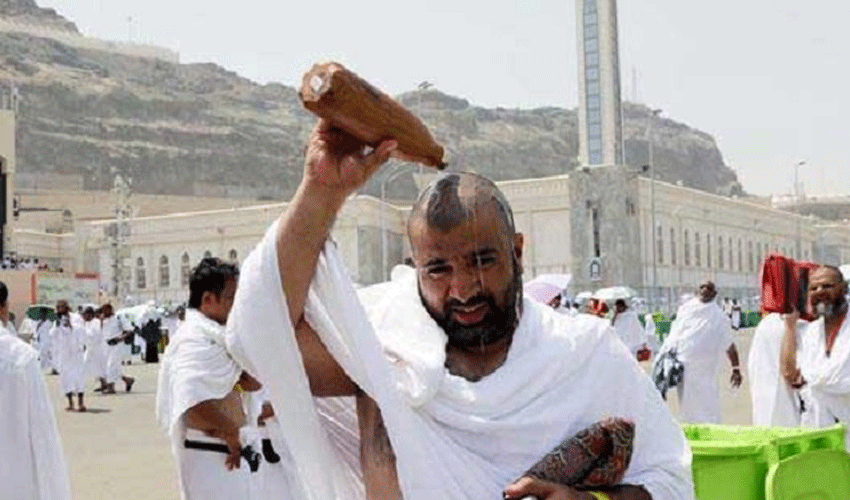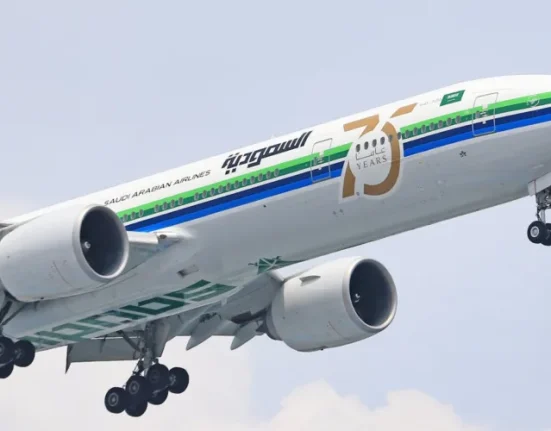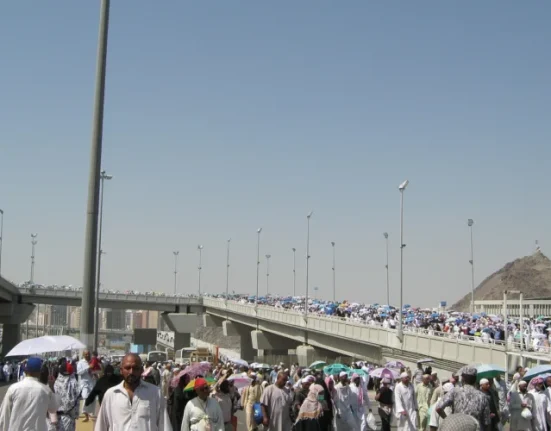As the countdown to the 2025 Hajj intensifies, Saudi Arabian authorities have issued a strong warning concerning extreme weather conditions anticipated during this year’s pilgrimage. The National Centre of Meteorology (NCM) in the Kingdom has forecasted scorching daytime temperatures ranging from 40°C to a blistering 47°C, marking what could be one of the hottest Hajj seasons in recent years.
The advisory, released by the NCM, indicates that nighttime temperatures are expected to remain high as well, fluctuating between 27°C and 32°C. Humidity levels could vary significantly, from as low as 15% to as high as 60%, depending on the time of day and location within the holy sites.
Dr. Ayman Ghulam, the Chief Executive Officer of the NCM, noted that pilgrims may also face challenging weather conditions caused by dry northerly to northwesterly winds blowing at speeds between 25 to 35 km/h. These winds are capable of stirring up dust, particularly in open desert areas and along major highways, thereby reducing visibility and potentially creating travel delays or health risks, especially for the elderly and those with respiratory conditions.
Further complicating matters, the NCM has not ruled out the possibility of thunderstorms developing over the highlands of Taif, with potential spillover into key pilgrimage zones between the 8th and 13th of Dhu Al-Hijjah. These thunderstorms, if they occur, may be accompanied by strong downdrafts, adding to the dusty conditions and posing further safety challenges for the millions of pilgrims expected to gather in Mecca, Mina, Arafat, and Muzdalifah.
In light of these forecasts, the Saudi authorities are strongly advising all pilgrims to take precautionary measures. These include staying properly hydrated, wearing lightweight and breathable clothing, avoiding prolonged exposure to direct sunlight, and closely following weather updates and safety advisories issued by official channels. The Hajj period, known for its physical demands, becomes even more challenging under such intense heat, making these precautions vital for health and safety.
Demonstrating its commitment to ensuring the well-being of pilgrims, the Kingdom has also implemented several infrastructure initiatives aimed at mitigating the effects of high temperatures. Among them is the Cooled Roads Initiative, a project designed to reduce surface heat and enhance walking comfort. As part of this effort, a newly cooled pedestrian walkway was recently unveiled in Mecca. The path is fitted with surface-cooling technology intended to lower temperatures underfoot, particularly beneficial during the long treks many pilgrims undertake as part of the religious rites.
Last year’s Hajj witnessed instances of heat-related medical emergencies, including the evacuation of pilgrims suffering from heat exhaustion near Mount Arafat. The Saudi government has since ramped up public health measures and emergency response systems to better handle such scenarios this year.
As millions from around the globe prepare for the 2025 Hajj, including thousands of Nigerians, the Kingdom’s warning comes as a timely reminder of the importance of preparation, not only spiritually but also physically and logistically. With climate conditions showing increasing unpredictability, adhering to guidance from Saudi authorities could make the difference between a safe pilgrimage and a risky one.







